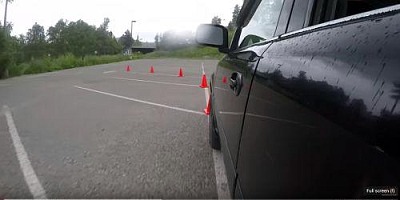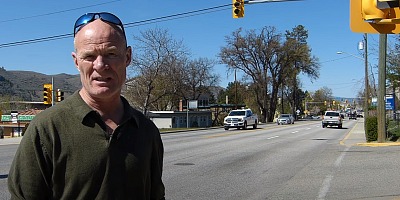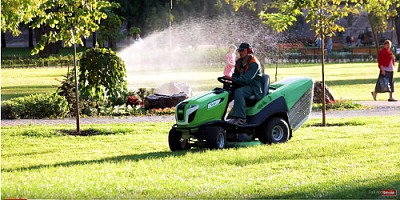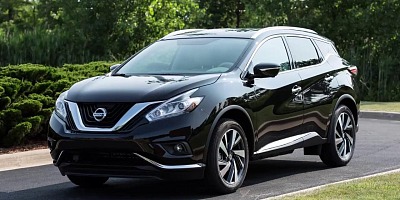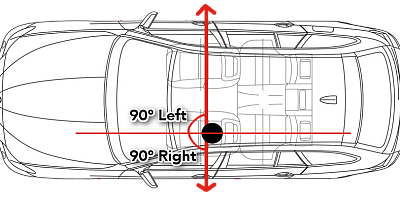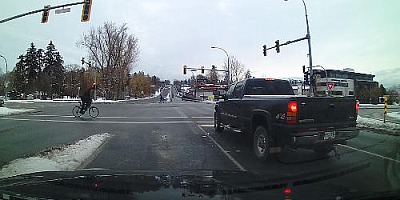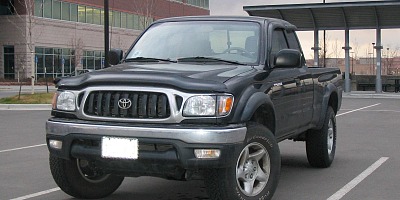Learn the switches and gauges in a big truck.
Intro To Switches And Gauges - CDL Driver Training
Closed Caption
Introduction
- Today, we're going to give you an introduction to the truck.
This is a class one class A highway tractor.
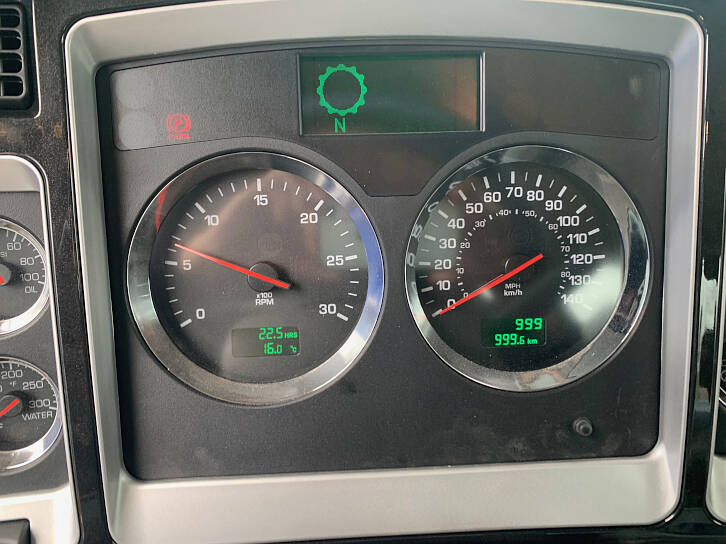
On the back goes a semi trailer for those of you going to truck driving school and getting your CDL license, starting your career as a truck driver.
So introduction to the switches, gauges can be a little intimidating when you first get inside the truck.
It can kind of look like a cockpit of an airplane.
Not quite as much.
We're going to sort that out and simplify that for you.
Many of the gauges and switches are the same as in your car.
Some are unique to highway driving in a tractor.
So let's get started and start here on the door.
Window & Mirror Controls
LEFT TO RIGHT
You have power windows on both sides of the truck, not like in the old days where you had an air switch for the passenger side and you had a crank handle for the driver's side, it's all power now.
Mirrors are adjustable as well.
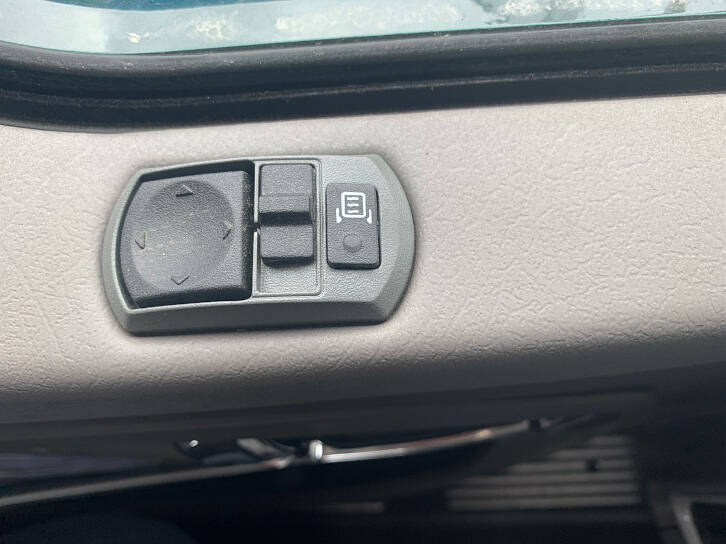
They're electric.
You can adjust both sides of the mirrors and that's handy when you're backing up trailers into docks and those types of things as well.
You have a switch here for heated mirrors in the wintertime to keep them clean from ice and snow and those types of things.
And then finally, there's a switch here for each side.
So you pick the left mirror, right mirror.
The Important Gauges
On this side, gauges are simple.
Same as in your car, oil pressure, water temperature in the radiator, and then volts.
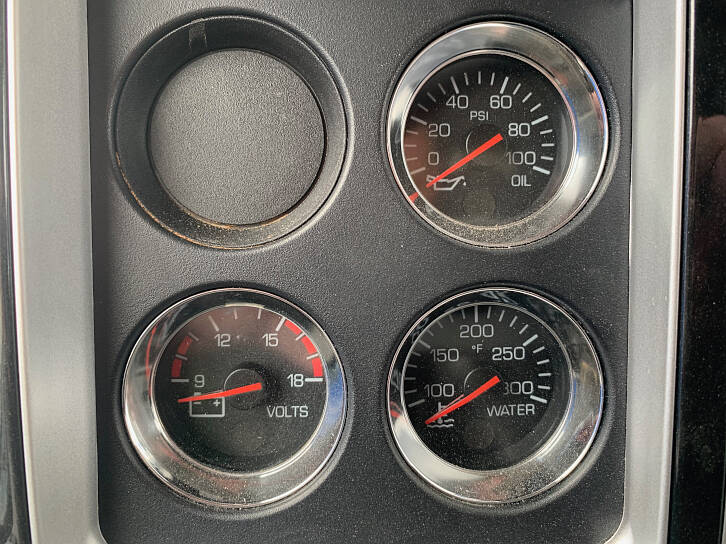
How many volts the electrical charging system is going.
And most of these should be 13, 14 volts when it's running normal.
Now most of these gauges are going to have a red line and if it's in the red line, something's wrong with the vehicle and you need to take it to a technician and get it fixed.
Power locks on the vehicle as well.
Same as your car.
Down here on the left side of the steering wheel you have your interior lights.
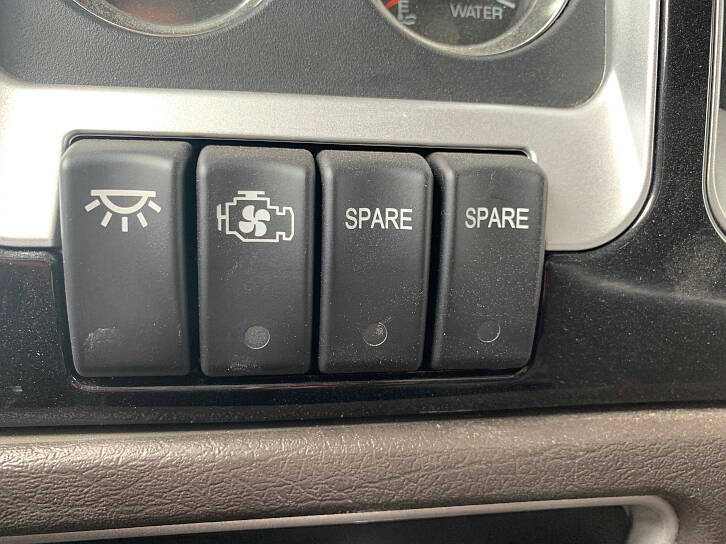
You turn those off and on and then you can also turn on the engine fan for the radiator.
ENGINE FAN SWITCH
So if you're pulling hard in the mountains and the engine starts heating up as diesel engines will when you're pulling hard, pulling super "Bs" or those types of things, you can turn on the engine fan as well.
Another little trick, if you're going downhill, and the Jake brake's—ah, kind of holding, not quite holding—you can turn on the engine fan and that'll pull out out another five or six horsepower out of the engine and just slow you down a little bit.
Now, when you do turn on the engine fan, let me tell you it sounds like you're spooling up jet engines, 'cause it's quite noisy when the engine fan comes on in these big diesel engines.
The other gauges here on the vehicle, obviously you're tachometer tells you how fast the engine is spinning and then your road speed, how fast you're going up and down the road.
We'll do the gauges here in the middle.
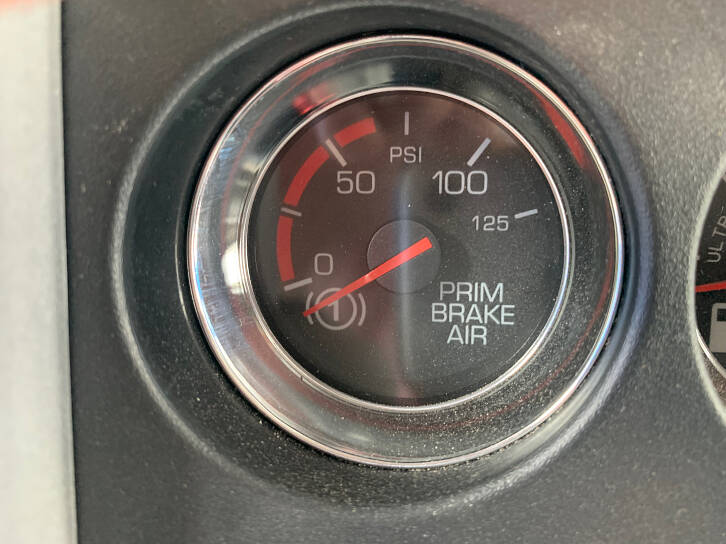
Air Brake Gauges
These are your air brake gauges which is essentially your primary air tank.
How much air is in the primary tank.
How much is in the low or the secondary system.
AIR BRAKE APPLICATION PRESSURE GAUGE
And we'll tell you how much air pressure is in there and then your brake application gauge which may or may not be a very good gauge.
It's certainly not something that you should be looking at while you're going up and down the road.
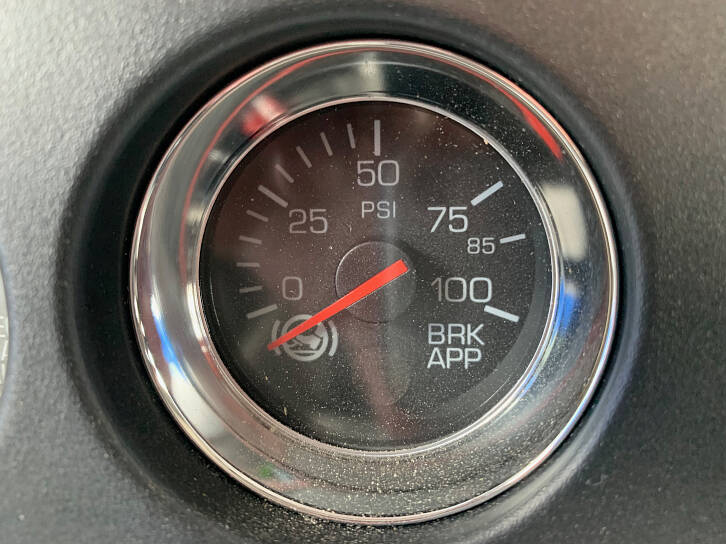
But it's great for training students when you're teaching about air brakes and how much pressure is going to the service brakes, essentially the brake pedal, when you're pushing down on it.
And while you're coming to a stop in a big truck you're not going to be looking at it.
You're just going to be pushing down on the brake pedal but it's there as well.
FUEL GAUGE
Okay, fuel gauge.
How much fuel you have in the tanks.

Same as your car and then you have some other gauges here which are not so important.
And that's probably why they're off over to the far right here.
Secondary Gauges
REAR AXLE OIL TEMPERATURE GAUGES
Front drive axle and your rear drive axle gives you the temperature of the oil in the axles.
And again, these have red lines on them.
If it's in the red line then there's something wrong with the vehicle and it needs to be fixed.

Now, if you're pulling mountains in the summertime and it's super hot and you're are heavy loaded, you know, it's 100°F degrees in the shade, then maybe this might go into the red line.
But otherwise, if there isn't an apparent reason, super hot, pulling super heavy on the highway and those types of things, then you need to get in and get it checked.
TRANSMISSION OIL TEMPERATURE GAUGE
Transmission temperature, the oil in the transmission.
What the temperature is.
BOOST GAUGE
Te boost is how much air the turbo charger is reinforcing into the engine.
I'll put a card up here in the corner for you have a look at that for turbochargers.
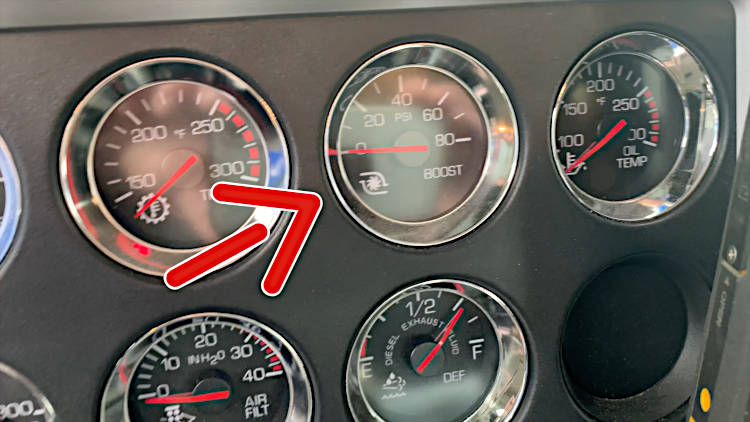
It'll give you a further explanation of that awesome device that's on all new diesel engines.
And then right over here in the far corner we have the engine oil temperature.
What the temperature of the oil is inside the engine.
Air Filter Gauge
Down at the bottom here we have the air filter.
Essentially it's a gauge that tells you when the air filter needs to be replaced on the vehicle.
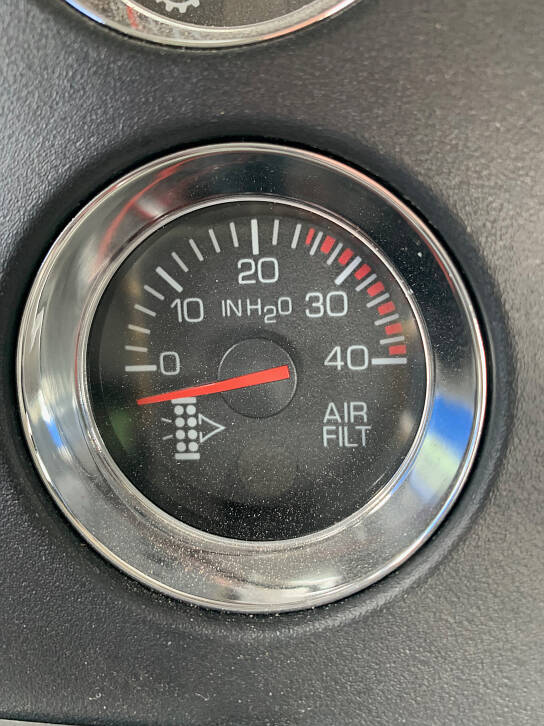
And essentially it has a red line as well.
It's telling you how much vacuum it takes to pull air through the air filter in the engine.
Once it gets worn out, it's been in there for a while, and it reaches its date, then needle will go up and tell you that the air filter needs to be replaced on the engine.
DIESEL EXHAUST FLUID LEVEL GAUGE
And then the last one is your DEF fuel, (diesel exhaust fluid) and it just tells you how much fluid is in the tank.
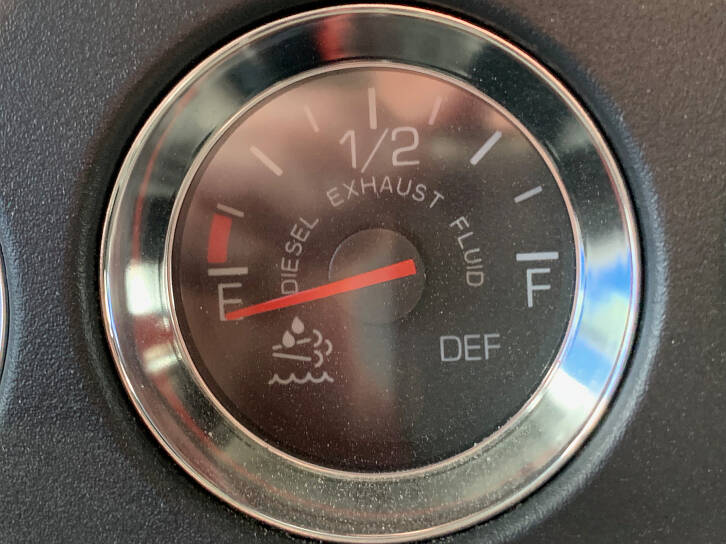
And you'll need to keep that up for the pollution controls on the diesel engine.
Now, starting down here with the switches.
The Switches
TURNING STUFF ON & OFF
Over on the left side of the steering wheel here we have the cargo lights for the back when you're hooking up trailers and those types of things, the on off ignition switch, and then as well over here you have your dash lights.
CARGO & DASH LIGHTS
You can turn your dash lights up and down.

I'll put a card up in the corner for you on the night driving video.
And one of the things I suggest, especially if you're running highways at night, is to turn down your dash lights as much as you can stand them to reduce fatigue and having your your eyes drawn down to the dashboard because these things can be just like crazy lit up at night.
So you want to turn your dash lights down as much as you can at night when you're driving to reduce fatigue and reduce distraction.
Over here on the switches, starting here.
REGENERATION SYSTEM SWITCH
The first one is the regeneration system.
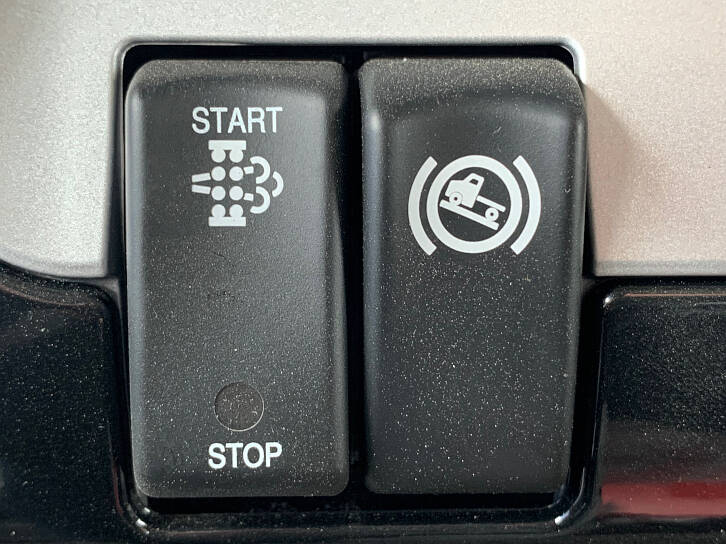
Again this is the carbon that builds up inside the diesel motor.
And when you're running up and down the highway and the engine's running hot, it will do it automatically.
Now, if you're running, doing a lot of city running, I've heard stories where you've had to pull over and you know let the truck sit here and idle crazily at a high RPM for half an hour to regen and kick the carbon and pollution out of the diesel engine.
Have a look at the owner's manual.
Talk to the techs that service the vehicle and they'll be able to tell you more about that.
But most of the time if you're running up and down the highway for any length of time, it's going to take care of itself.
This is an automatic truck.
HILL ASSIST SWITCH
So you have a hill assist here.

Hill assist is automatic. And to release the hill assist after getting your foot on the throttle, simply push the button.
You know, when you're trying to get your foot from the brake pedal back to the the throttle and it's called a throttle in a diesel engine.
It's not called a gas pedal 'cause they obviously don't put gas and a diesel engine.
Trust me.
It doesn't make the truck go any faster.
So that's hill assist.
You basically hold push that to release the hill assist that is going to engage automatically when the vehicle's systems detect angle, ie. a hill.
Power Take Off for Hydraulic Pressure (Wet Line)
Power takeoff, PTO, that's for accessories on the back of the vehicle here.
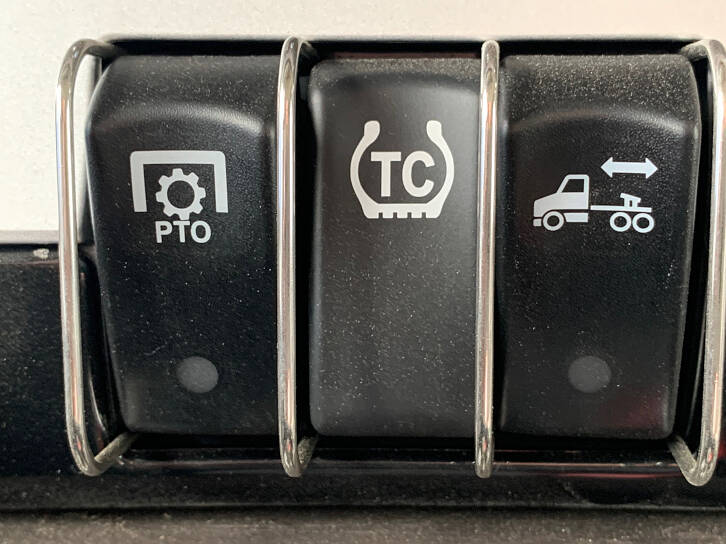
This has a walking floor.
So this runs the hydraulic pump for the hydraulic walking floor in the trailers.
That's the purposes of the PTO.
Traction control
Excellent device, helps you out, keeps you stable on the roads and assists with keeping you on the road when cornering and going around curves.
You can push it.
It's a dead man switch.
So you have to hold it to get it off.
If you got wheel spin and those types of things you might need, you know, you're in a bit of mud you might need to push the traction control and get get that off.
But for the most part, it's going to work independently.
And it's part of the ABS system, the anti-lock breaking system.
It detects wheel spin and will direct power to different wheels to keep going and keep you stable when you're going down the road and cornering and those types of things.
5th Wheel Lock - Weight Compliance
The next switch here is the lock/unlock for the fifth wheel.
You can slide the fifth wheel forward and back, moving the front of the trailer up onto the back of the truck to put more weight on the steer tires or you can move the fifth wheel back to take weight off the steer tires on the tractor so that you're in compliance with your weights.

Next switch here is the four-way flashers.
Great for backing up when you're reversing, backing into a dock or those types of things, activate your four-way flashers.
Auxillary Braking (Jake Brake)
The next two switches here are the engine retarder, the Jake brake, and the one is the on off switch, and the next one sets the level.
So you can set it on low, medium, or high, and some trucks depending on the model and the brand will have 1, 2, 3, it's all the same.

Mediums, low and high.
CRUISE CONTROL SWITCHES
And the next two switches are your cruise control.
If you're driving truck you don't want to be holding down that pedal for any length of time.
As well running on cruise control because big electronic diesel engines are designed to run on cruise control going up and down the highway.

You're going to get better fuel economy working it on cruise control.
Air Suspension Dump
HOOKING UP TO SEMI-TRAILERS
The next one is your suspension dump for the back of the tractor.
When you're hooking up to trailers you want to dump the suspension so you can get in and underneath the trailer and then reinflate the suspension and lift the trailer up.
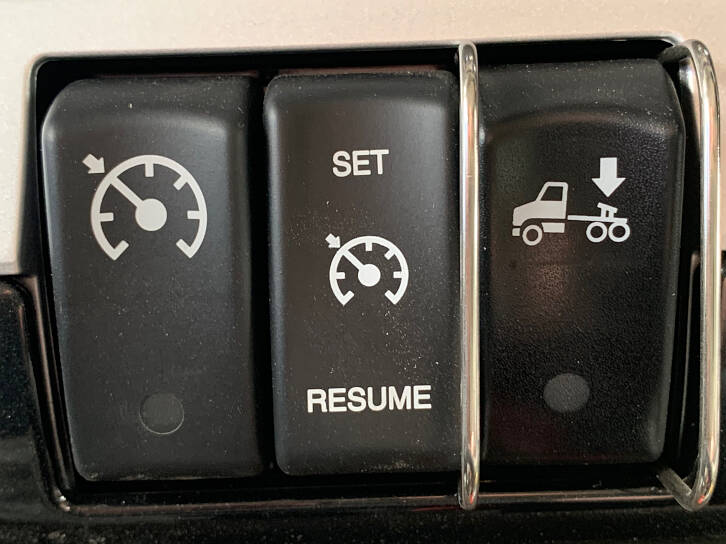
Let the technology do the work.
Don't be doing the work by cranking the trailer up and then putting it back down, let the suspension do that.
So you dump it under the trailer and just before you get into the king pin lift it back up and then back into the king pin.
Don't make the mistake that a lot of veteran drivers do when they're hooking up to trailers.
They just back pull up, back into the trailer, and every now and again, it'll get you.
You'll dump the king pin over the front of the fifth wheel.
And let me tell you it's a lot of work to get that out of there.
I've done it myself personally, got lazy, got tired and didn't check the height of the trailer that it was at the right height and dumped the king pin over the front of the fifth wheel, and it's a lot of work to get that out of there.
Differential & Inter-Axle Lock Switches
Last switches are your diff lock and your inter axle lock.
So on this truck you have an inter-axle lock and you have two diffential locks.
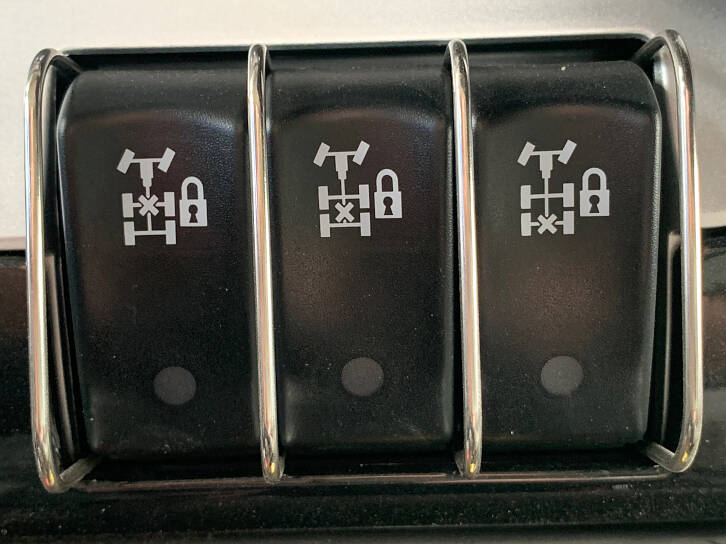
So you can lock the front axle so both tires are turning at the same time and then you can lock the back one so they're turning at the same time and then you can lock the two in between at it's like super pausey traction on the back of the truck.
If you have all of this engaged, both diff locks and the inter axle lock, sometimes called lockers, you'll hear old timers call them lockers.
If you have all that locked, it's going to compromise your steering because the back end just wants to go straight and you've got to everything locked up.
Now you want to be doing this at slow speeds.
You don't want to be doing it like super fast speeds.
So if you're in mud, climbing hills, in the mountains, those types of things, you want to be using your lockers and whatnot.
I've also heard that it helps with auxiliary braking, going downhill.
You can put one of your diffs on and it will just help with traction coming downhill and those types of things.
The driver that was saying that to me hauls tankers in and around barns 'cause he picks up milk.
So just puts on one of the diffs to get down and help with auxiliary braking.
Same As Your Car
WIPERS, LIGHTS, TURN SIGNALS, HI-LO BEAMS
So here on the left side of the steering wheel you have windshield wipers, same as in your car.
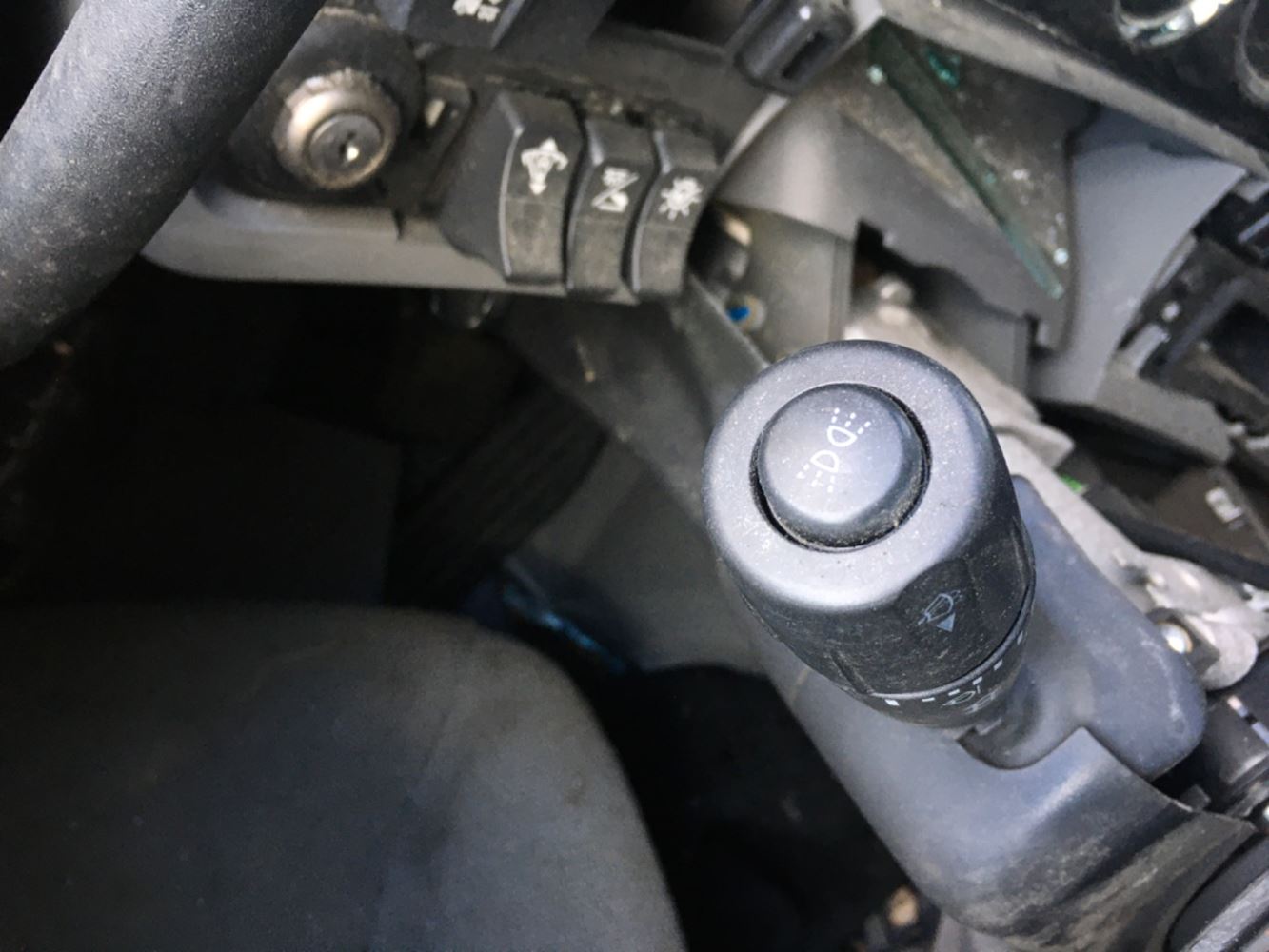
Left signal, right signal, high, low beams for the headlights.
And then on the end here, you have a flasher.
Essentially what you can do is if you're going down the highway and you pass another truck and they flash you to say that you're passed and that you can move back in because, you know, it's a big long vehicle and it's difficult to determine if you're passed the other vehicle or not.
You can flash these clearance lights and it'll flash the clearance lights to say thanks to the other drivers.
So that's the purpose of that switch there on the end.
TRAILER HAND VALVE (SPIKE)
Here on the right is the trailer hand brake.
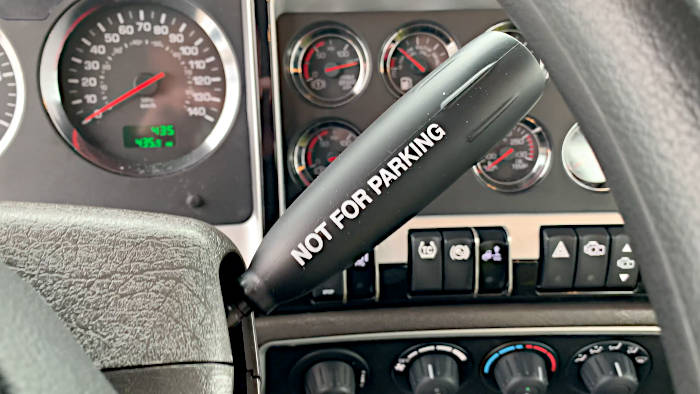
This is to activate the service brakes on the trailer independent of the tractor.
And it says right on it: NOT FOR PARKING
And as well, you know, in this day-and-age, you put your foot on the brake pedal and it's going to activate all the brakes equally.
So you're not going to use this--trailer hand valve--for too much other than to check to make sure that the service brakes on the trailer are in fact working.
Horns
LITTLE & BIG
So on the steering wheel, same as your car, you have a city horn, your little beep beep horn, you know, when you push it and you're driving a big truck you're kind of like, ah, that's a little bit demoralizing.
But of course you got your air horn up here, your big air horn here.

You want to scare the tar out of somebody and be aggressive because they really upset you.
Or, you know, kids are on the side of the road going like this.
You can pull the air horn and, you know, absolutely make their day.
Down on the bottom here, of course, new truck, all of the bells and whistles.
It has a dial here for all of the information that's available to you for the driver, all the systems on the vehicle, tire pressure, air brake systems, all those types of things, fuel and whatnot.
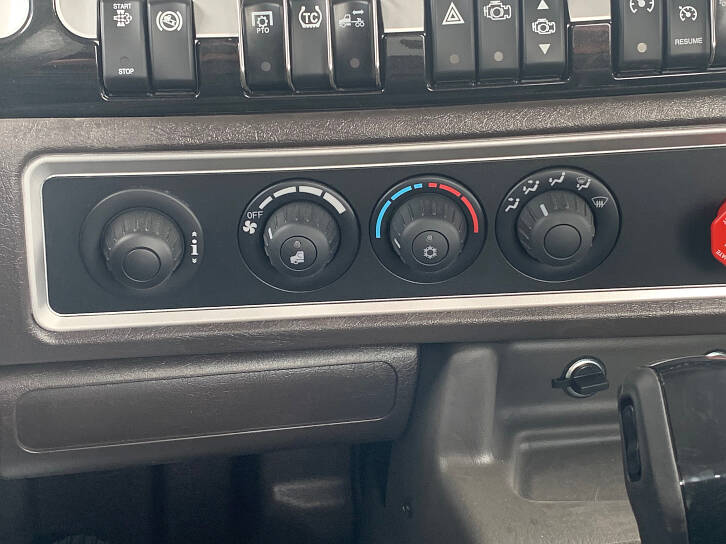
So that's there and then your heater controls.
And then of course you have your trailer air supply and your parking brake for the tractor are here as well.
And then of course your selector for the automatic transmission.
And then down here you have a couple of outlets, four nine volt.
We don't have cigarette lighters anymore.
I know some of the old drivers will say, oh, oh yeah, the ole' five and fours.
Yeah.
50 years ago.
50 years ago we had cigarette lighters as well.
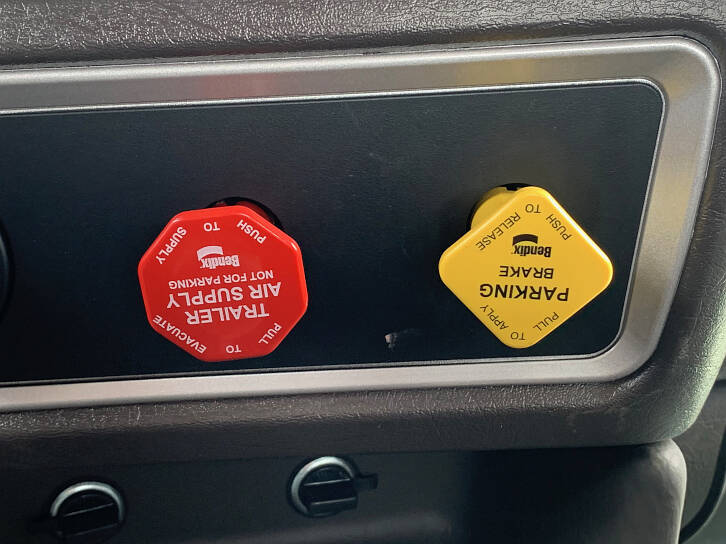
But they're not that anymore.
They're for auxiliaries.
If you have a cooler in your truck or something like that you can plug that in and get auxiliary power to that.
Tilt Control for Steering Wheel
Down here on the floor, last piece here, we have a little pedal underneath the bottom of the steering wheel.
This is unique to Kenworth is that this will help you with the tilt on your steering wheel.
So you can move that and adjust that so that's comfortable for you.
So I think that's it in the truck.

There used to be some controls in some of the older Kenworths, used to be some controls up here, you get light switches and those types of things and whatnot.
You do have independent.
CABIN LIGHTS
You can turn on your interior lights here.
If you're working on a log book or something like that you can turn this on and then click it off.
And as I said the other switch will turn all of them on inside of the truck.
So it'll be like super bright for you at night when you're working and whatnot.

But if you have any questions, you want further explanation, leave a comment down below here and I'll get back to you and help you out with your new career as a truck driver.
Try not to be overwhelmed by this.
Like I said the gauges on the left are the most important because they put them in the driver's line of sight.
The ones on the right, not so much.
If the gauge is in red zone, then yes, it needs to be paid attention to, it needs to be taken into a technician, but some of them are important.
Some of them aren't important and you'll work with your driving instructors at the truck driving school and they'll help you with all of this to know what they are, how they work, and how to drive the truck safely.

Click over here for for the playlist on truck driving school.
That'll give you all the videos to be successful in earning your CDL license, starting your new career as a truck driver, and remember, pick the best answer.
Not necessarily the right answer.
Have a great day.

